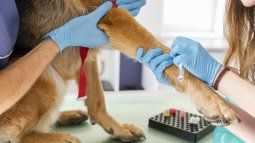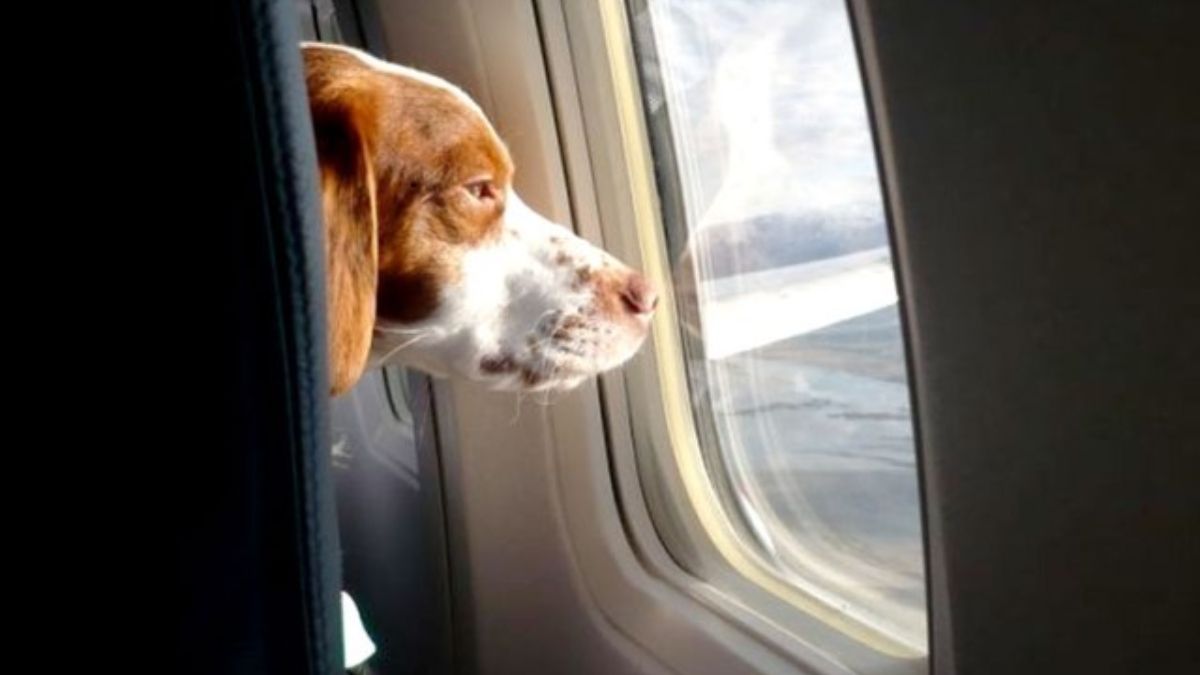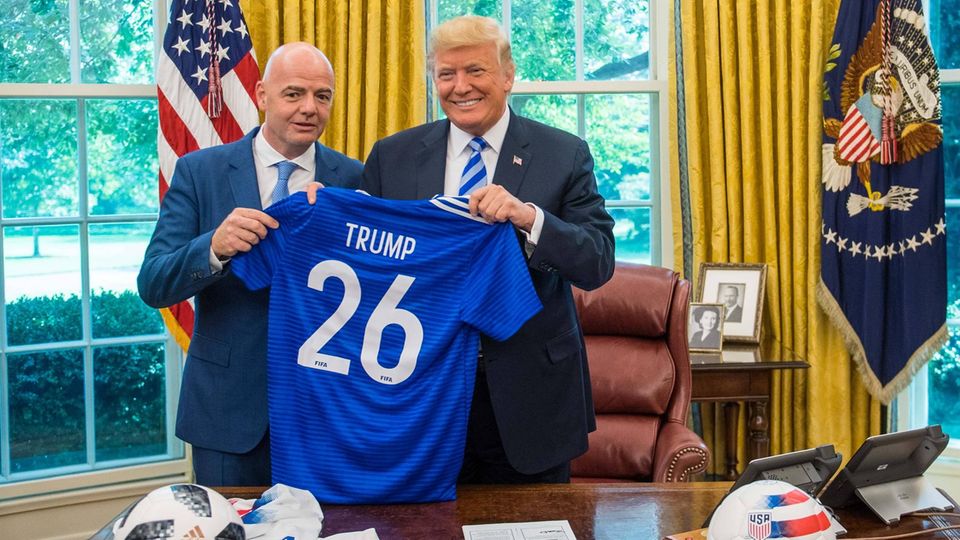In addition to complying with legal requirements, it is important to check with the accommodation to see if pets are allowed on the premises.
Many families are already planning their summer vacations, and a very attractive tourist destination is Europe. Whether for its imposing architecture, its interesting history or the varied landscapes that can be found, it is a great alternative for those who have the possibility.
The content you want to access is exclusive for subscribers.
However, not everyone can or wants to. leave your pets at home while embarking on such a journey, the European Union has announced the requirements and precautions to take into account before entering the continent with a dog or cat.


vet-cat.jpg

Freepik.
Important information for traveling to Europe with your pet
Before processing the permits and health requirements to travel to Europe with your pet, it is important that you keep in mind that all countries allow the entry of animals of three months and 21 daysIf the animal is a minor, the regulations of the specific country must be consulted. In addition, the address where the animal will be staying and the person in charge must be specified.
An essential document is the International Veterinary Certificate (IVC). Senasa issues the CVI, which is necessary to authorize the transfer of pets. This certificate must be in the name of the person who will travel with the animal and is valid for 10 calendar days from its issuance.
Health requirements
- Microchip Identification: Dogs and cats must have a microchip compatible with ISO Standards 11784 or 11785. The owner must present a certificate confirming the placement of the microchip, including the date of implantation or reading, details of the animal, the owner and the microchip number. This certificate must show a date prior to, or on the same day as, rabies vaccination.
- Rabies Vaccination: All cats and dogs over 12 weeks old must be vaccinated against rabies. Vaccination must be carried out after the microchip has been implanted, or on the same day. The veterinarian must include the microchip number on the vaccination certificate. This vaccination will be valid for entry into the EU from 21 days after application and must be carried out after the microchip has been placed. The original and a copy must be presented to Senasa.
- Health Certificate: A health certificate must be issued by a registered veterinarian within 10 days prior to entry into the EU, using the official model provided by the relevant Council or College.
- Treatment against Echinococcus multilocularis: For dogs travelling to Finland, Ireland, Malta or Norway, treatment against the Echinococcus multilocularis parasite is required. This treatment must be administered between 24 and 120 hours before entering the destination country. The certificate must include the dog’s details, the name of the product, dosage, date and time of treatment, and can be found in the Canine and Feline Single Health Record Book (LUSCyF).
Source: Ambito




